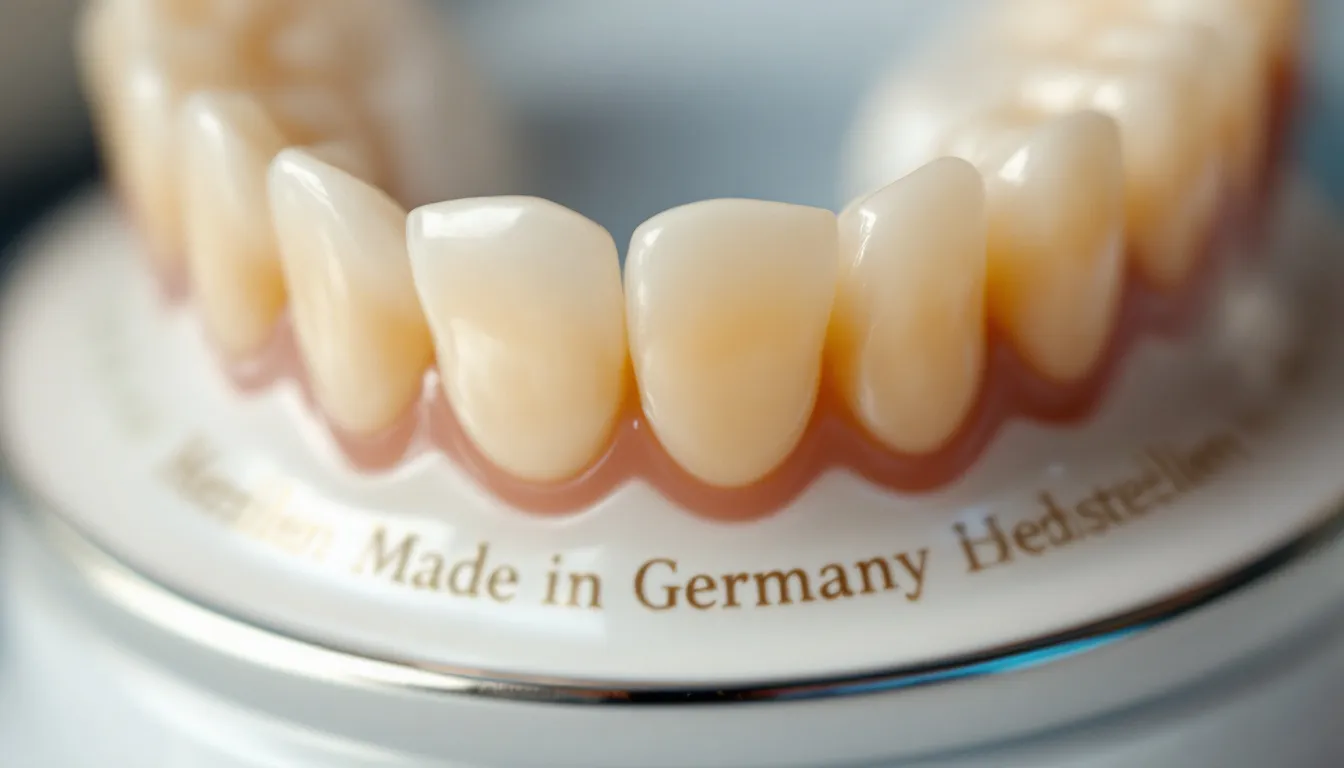Introduction to Dental Implants
Dental implants are a permanent solution for missing teeth, offering a natural-looking and fully functional smile.
The dental implant involves a multi-stage process that includes placing a titanium post into the jawbone to replace the missing tooth root. This is followed by a healing period to allow the bone to fuse with the implant, ensuring a strong and stable foundation for the artificial tooth.
With proper care, dental implants can last for many years, providing a long-term solution for tooth replacement.
Types of Restorations
Dental crowns are a type of restoration used to repair damaged teeth or replace missing teeth.
Implant crowns are a popular choice for patients seeking a natural-looking and durable solution.
There are several types of dental crowns, including cemented and screw-retained crowns, each with its benefits and disadvantages. These crowns are crafted to closely match the size, shape, and color of a patient’s natural teeth, ensuring a natural appearance.
The choice of restoration depends on individual dental needs, preferences, and budget.
The Importance of Dental Crowns
Dental crowns play a crucial role in completing the structure of a dental implant, restoring the function and appearance of missing teeth.
A dental crown is a custom-made restoration designed to fit over a dental implant or existing tooth.
Crowns can be made from a variety of materials, including porcelain and titanium, to ensure a natural-looking and durable result.
With a dental crown, patients can enjoy a complete and healthy smile, boosting their confidence and overall oral health.
Dental Implant Surgery
- Dental implant surgery is a procedure that involves the placement of a titanium post into the jawbone.
- The surgery is typically performed under local anesthesia and can take several hours to complete.
- After the surgery, the patient must allow the surgical site to heal, which can take several months.
- During this time, the patient may experience some discomfort, swelling, and pain, but these can be managed with medication and proper care.
Implant Placement
Implant placement is a critical step in the dental implant process.
The implant must be placed strategically to ensure proper healing and connection during osseointegration between the jawbone and the implant.
The dentist will use specialized tools and techniques to place the implant, ensuring a precise and accurate placement.
With proper placement, the implant can provide a strong and stable foundation for the artificial tooth.

Artificial Teeth
Artificial teeth are designed to mimic the natural appearance and function of real teeth.
They can be made from a variety of materials, including porcelain and ceramic, to ensure a natural-looking result.
Artificial teeth can be attached to dental implants using an abutment, which serves as the connector between the implant and the crown, or to existing teeth, providing a complete and healthy smile.
With proper care, artificial teeth can last for many years, providing a long-term solution for tooth replacement.
Implant Crown
An implant crown is a custom-made restoration designed to fit over a dental implant, effectively restoring the function and aesthetics of a missing tooth. Sitting atop the implant, the crown completes the tooth structure, acting as the functional and visible part of the tooth. This not only protects the underlying implant and jawbone from potential damage but also ensures a seamless, natural look and feel.
Implant crowns can be crafted from various materials, including ceramics, porcelain, gold, and metal alloys, each offering unique benefits and characteristics. The choice of material often depends on several factors, such as the location of the implant, the patient’s oral health, and aesthetic preferences. For instance, porcelain crowns are popular for their natural-looking appearance, making them ideal for front teeth, while metal alloys might be preferred for their durability, especially for back teeth.
The attachment of the implant crown to the implant can be done using dental cement or screws, with each method having its own set of advantages and disadvantages. Cemented crowns offer a more natural appearance as there are no visible screws, while screw-retained crowns can be easily removed if needed for maintenance or repair.
The implant crown is a crucial component of the dental implant process, providing a permanent solution for missing teeth and restoring essential functions like chewing and speaking. With proper care and maintenance, implant crowns can last for many years, offering a natural-looking and functional smile that enhances both appearance and oral health.
Dental Implants Require
Dental implants require a strong and healthy jawbone to support the implant.
The patient must have sufficient bone density to ensure proper healing and integration with the implant. In cases where the jawbone is insufficiently thick or too soft, a bone graft may be necessary to provide the required support for the dental implant.
Dental implants also require healthy gums to support the implant and surrounding teeth.
With proper care and maintenance, dental implants can provide a long-term solution for tooth replacement.
Missing Teeth
Missing teeth can significantly impact oral health, affecting not only the appearance of your smile but also your ability to chew and speak properly. Dental implants have become a popular solution for missing teeth, offering a permanent and natural-looking replacement that restores both function and aesthetics.
The dental implant process involves several stages, including implant placement, potential bone grafting, and crown attachment, each with its own unique requirements and considerations. Missing teeth can result from various factors such as tooth decay, gum disease, or trauma, and can affect individuals of any age or oral health status.
Replacing missing teeth with dental implants offers numerous benefits, including improved oral health, enhanced appearance, and increased confidence. Dental implants can be used to replace one or multiple missing teeth, providing a flexible and customized solution tailored to each patient’s needs.
The implant surgery is typically performed under local anesthesia, and the healing period can take several months. During this time, patients must follow a soft food diet and avoid strenuous activities to ensure proper healing. With diligent care and maintenance, dental implants can last for many years, providing a permanent solution for missing teeth and significantly improving oral health.
By addressing the issue of missing teeth with dental implants, patients can enjoy a restored smile that looks and functions just like natural teeth, enhancing their overall quality of life.
Cost and Insurance
- The cost of dental implants and crowns can vary depending on individual dental needs and preferences.
- Insurance coverage may be available to help cover the cost of the procedure.
- Patients should consult with their dentist and insurance provider to determine the cost and coverage of the procedure.
- With proper care and maintenance, dental implants and crowns can provide a long-term solution for tooth replacement, making them a valuable investment in overall oral health.
- Potential patients are encouraged to schedule a consultation to discuss their treatment options and guide them through the process.
Choosing the Right Provider
Choosing the right provider is crucial for a successful dental implant and crown procedure.
Patients should research and consult with experienced dentists who specialize in dental implants and crowns.
The dentist should have a good reputation, excellent communication skills, and a gentle touch.
With the right provider, patients can enjoy a positive and successful experience, achieving a complete and healthy smile.
Schedule an appointment today to discuss your dental needs and improve your oral health.


